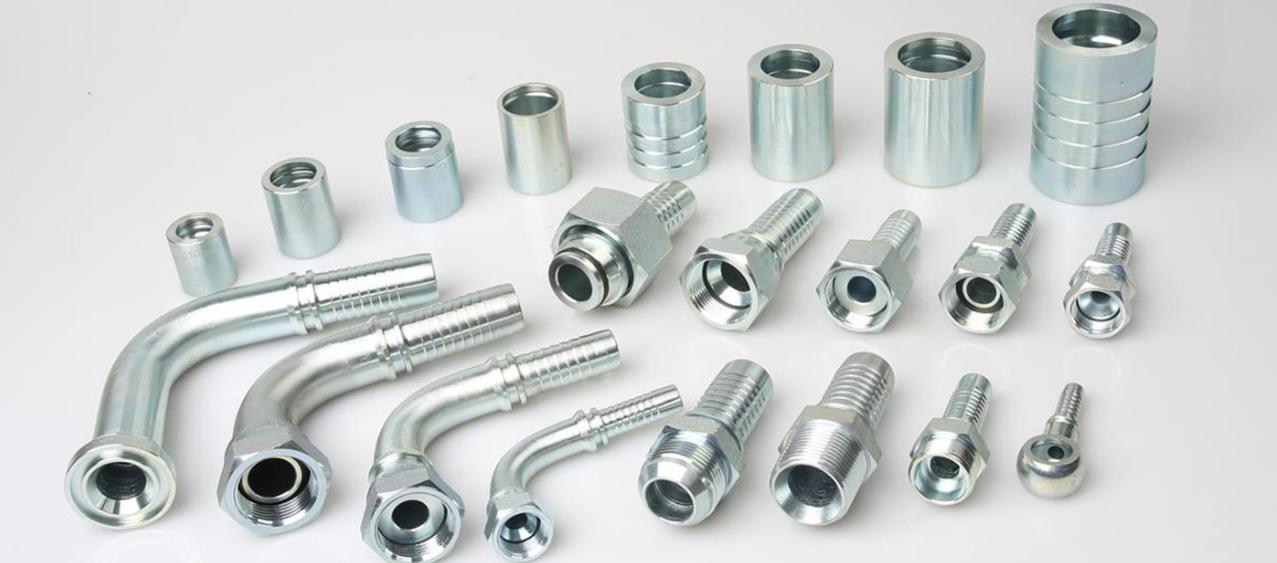Modern Types And Uses Of Hydraulic Hoses With Fittings
- Written by News Company

These days, the technology of hydraulic hose with fittings should be able to meet with the increasing demands and challenges of modern equipment and machines for taxing applications and environments. Different brands are constantly developing and coming up with state-of-the-art technologies for their products in order to meet these demands. This is evident in hydraulic systems. Many brands have already developed and produced modern techniques and materials for hydraulic fittings. This is because hose fittings have a huge effect on the general efficiency, functionality, and safety of hydraulic systems.
Use of different hydraulic systems:
Given that many manufacturers of hydraulic systems have developed and produced modern techniques and materials for hoses and fittings, hydraulic systems have become more competent and adept in their functions. Usually, rubber hydraulic fittings are constructed with a synthetic rubber tube that is extruded in order to keep the fluid intact in the hydraulic hose. The inner layer or components of hoses is protected from extreme damaging conditions through a synthetic rubber cover, which is extruded outside the reinforcement.
It is important to take note that hydraulic hoses with fitting expand during the pressure cycle. Normally, the hoses consist of crimped steel ends, which are commonly known as hydraulic fittings. Due to the many different rates of pressure and working pressure, hoses fail to work specifically near the hose ends. This is caused by the rubber hose and steel fitting hose, which expand in different pressures. Hydraulic hose ends can also malfunction due to improper crimp process. This happens when the crimping technician is not proficient and well-trained. It is necessary to be careful with steel hydraulic lines because they would not be as flexible as hydraulic hoses. Steel hydraulic lines should not be preloaded with any component if the steel line is mounted to the machine.
The process of making the hydraulic system:
In the period of manufacturing, hydraulic hose is the last component installed to a hydraulic system. More often than not, as engineers and technicians work under pressure in order to meet deadlines, the hydraulic hose is the component that suffers. As such, it is important to pay extra attention in maintaining these hoses. The hydraulic hose assembly is an important process. The hose assembly consists of the combination of the hose and fitting. As a result, the assembly should be done by trained personnel or a professional in order to follow proper and adept assembly directions.
For instance, if the assembly is not done by a professional, chances are the hydraulic fittings would be installed in an improper way. Doing this can result in separating the fittings from the hose and may cause grave injury to users or damage to property. Improper assembly can cause damage and injury specifically from the fire and vapour coming from the hose or simply due to whipping hose. Likewise, it is also important to carry out operations with these hose assemblies within a limited range in order to maximize its service life. The limits when it comes to using the hydraulic hose with fitting assemblies and their specifications are defined by either the government or institutional organizations.
Things to notice while setting the hydraulic hose:
A hydraulic hose must match the highest pressure capable in a hydraulic system, which is typically the pressure the pump provides. However, there can certainly be pressure increasing components in machines that can go much higher than the hydraulic relief or a pump pressure capacity, especially when a pressure intensifying cylinder is flow generated. Special attention must apply when designing systems with geared flow dividers because of this effect.
Hydraulic hoses with fitting usually have a burst rating of four times the pressure rating so although a lower-rated hose can work for a short time, they will fatigue and then fail in a shorter time. It's a good idea to then look at the failed hose to make sure it will match the hydraulic flow circuit pressure ratings. Sometimes people can simply make a hydraulic hose assembly from the wrong type of hose and won't realize it only until failure. This can happen even from the factory.

